In my experience, one of the key root causes that I and experienced associate colleagues identify as being behind incidents on the railway is ineffective change management.
A question we always ask in planning an investigation is: what has changed?
In my experience, one of the key root causes that I and experienced associate colleagues identify as being behind incidents on the railway is ineffective change management.
A question we always ask in planning an investigation is: what has changed?
Sometimes there may be a lengthy gestation period before the issue emerges. Some very serious and very tragic incidents such as Ladbroke Grove and the 2006 Royal Air Force Nimrod disaster were the result of ineffective change management.
Both incidents sadly led to significant loss of life and landmark public inquires which resulted in some important lessons that we should never forget.
Rail reform has now started to regain some pace, with the new government having passed one bill through Parliament and issuing a consultation outlining the reform proposals.
However, reform is now going to happen quite differently from what was first envisaged while I was still in post at the Office of Rail and Road (ORR).
Then, the first step was going to be the creation of Great British Railways (GBR).
Now, the first stage is ownership of ten train operating companies (TOCs) moving from the private to the public sector, without GBR being in place. But this is what the British people voted for, and the sector needs to make it work.
What this means, though, is a change in the risk profile of the reform process, compared with the original path. The delay in completing the whole process for at least two years will have shifted the risk profile, particularly in relation to train operations.
There has been uncertainty of direction and a lack of strategy for several years now, which along with industrial relations issues (particularly in relation to train operations) must have drained these organisations in terms of management bandwidth, staff morale, and retention.
The age profile inside many of these organisations is making this work challenging, particularly in safety-critical, technical and managerial roles.
It is therefore key, as the remaining TOCs are brought into public ownership, that they are effectively overseen by the new owner and the regulator. It is vital that performance and safety is effectively monitored and reported to the transition board, in the Department for Transport.
This is why in 2022 I, along with the DfT, set up the Safety Working Group, which had an independent chair and representatives from the likes of ORR, the Rail Safety and Standards Board, Network Rail, and the Rail Delivery Group (RDG).
It was to report to me any issues and concerns it had, so that I could raise and discuss them with the Director General in the DfT - the senior responsible officer for Rail Transformation.
Of course, we now know what happened. Rail Transformation went into a very slow gear and the group, following an initial sprint of work establishing the potential risks and the data that should be monitored during the transition, ran out of things to do. It met infrequently, as a result of significant delays in the reform process.
We are now in a very different place and with different issues.
These are some of the things I feel are important that owners - including the DfT as it takes more TOCs into state ownership - must manage, alongside the Safety Working Group, the regulator and the TOCs’ duty holder management with their legal responsibilities.
Everyone is in this together.
We need to understand that management and staff at TOCs have been through a hell of a lot during the last five years.
My concern is that some are suffering from fatigue, and that the loss of expertise might get worse over the next couple of years.
It is critical that during this period, those entities previously mentioned monitor not just things such as relevant elements of the precursor indicator model, because in some cases the input levels of data are not granular enough. There is a need for a determined effort to look for what I call weak signals and leading indicators.
What do I mean by that in practical terms?
In terms of weak signals, there are some examples in the rolling stock world, the more detailed aspects of which I have become more frequented with again.
For example, monitoring key component failures such as engines and extended mileage heavy maintenance could be something that needs to be investigated. That’s why I would add a rolling stock company representative onto the Safety Working Group.
On the leading indicators side, I would look at things such as: are safety tours being done to schedule and how quickly are investigation reports being completed?
That is why, on some of these softer issues, I would have a trade union representative on the Safety Working Group - or at least have meetings with them on a regular basis.
On a really positive note, we do now have a clear direction set. We just need to get on with creating the mothership GBR, so that we can quickly have a solid home as soon as possible to implant these operating organisations into a longer-term organisational structure.
Also, with recent personnel announcements, the government can create clear leadership of the main line railway over the next few months.
This could be done by uniting Network Rail, DfT Operations Ltd (the central piece of DfT) and the RDG under one new CEO of GBR (as a renamed Network Rail) soon - at least by October. This seems to be the direction of travel.
Then, under this leadership and a refined Network Rail board (which would become the GBR board), a new Chair could be appointed.
If this starts to happen quickly, and TOC staff (including middle and senior management, alongside those in safety-critical positions such as train drivers) see a clear path for their future and career development in a timely manner, it can improve morale and retention.
With the Safety Working Group then doing its bit, we could make this big change happen safely in both the short and medium terms.
Ian Prosser is former HM Chief Inspector of Railways and Director of Railway Safety at the Office of Rail and Road.
Login to continue reading
Or register with RAIL to keep up-to-date with the latest news, insight and opinion.



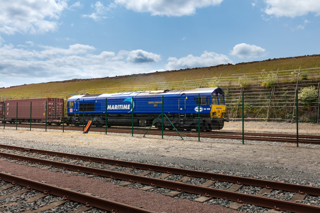
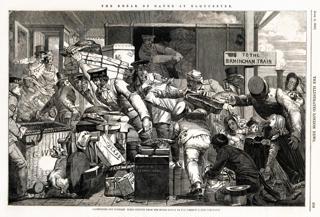
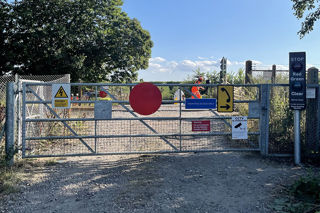
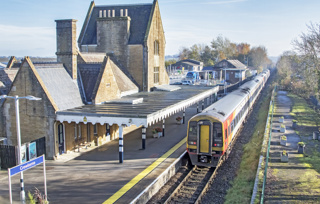
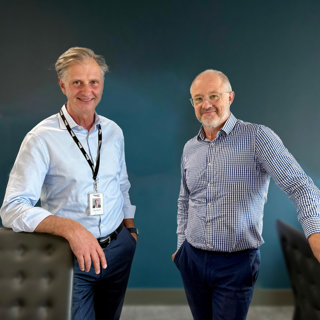

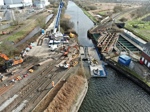









Login to comment
Comments
No comments have been made yet.